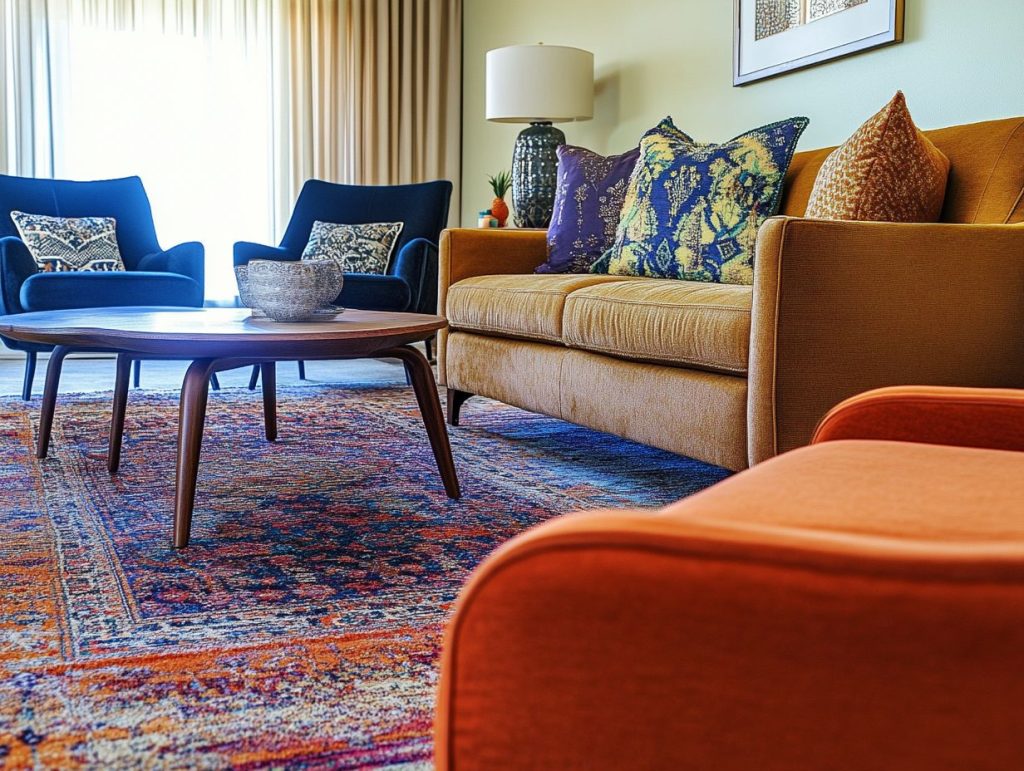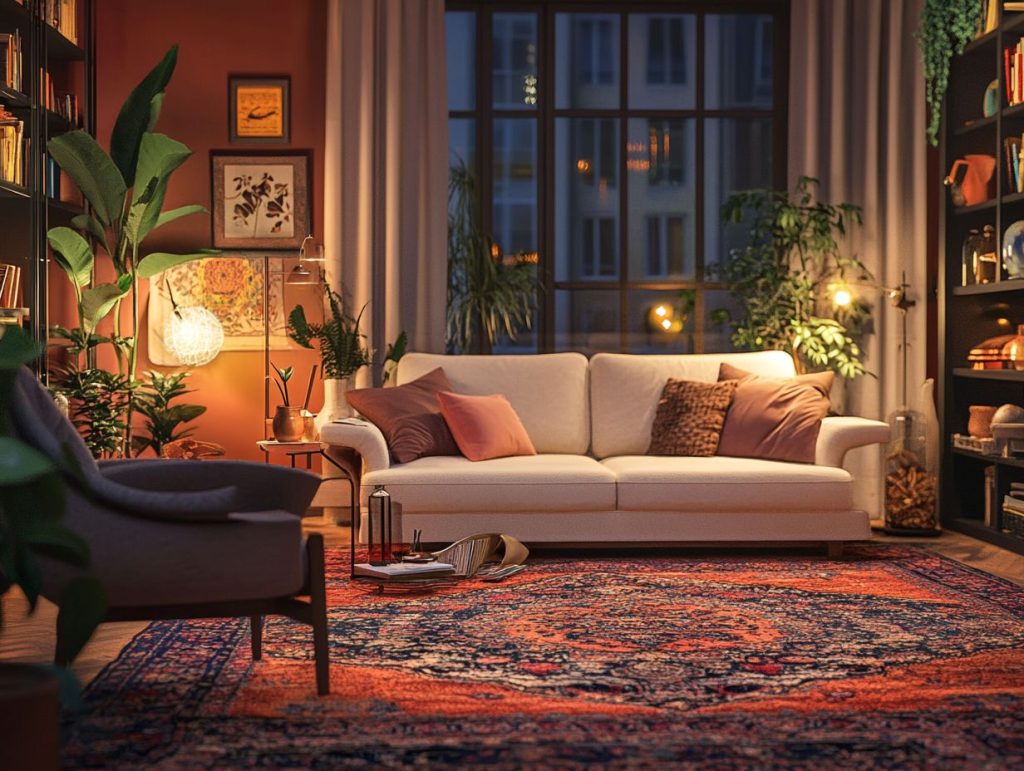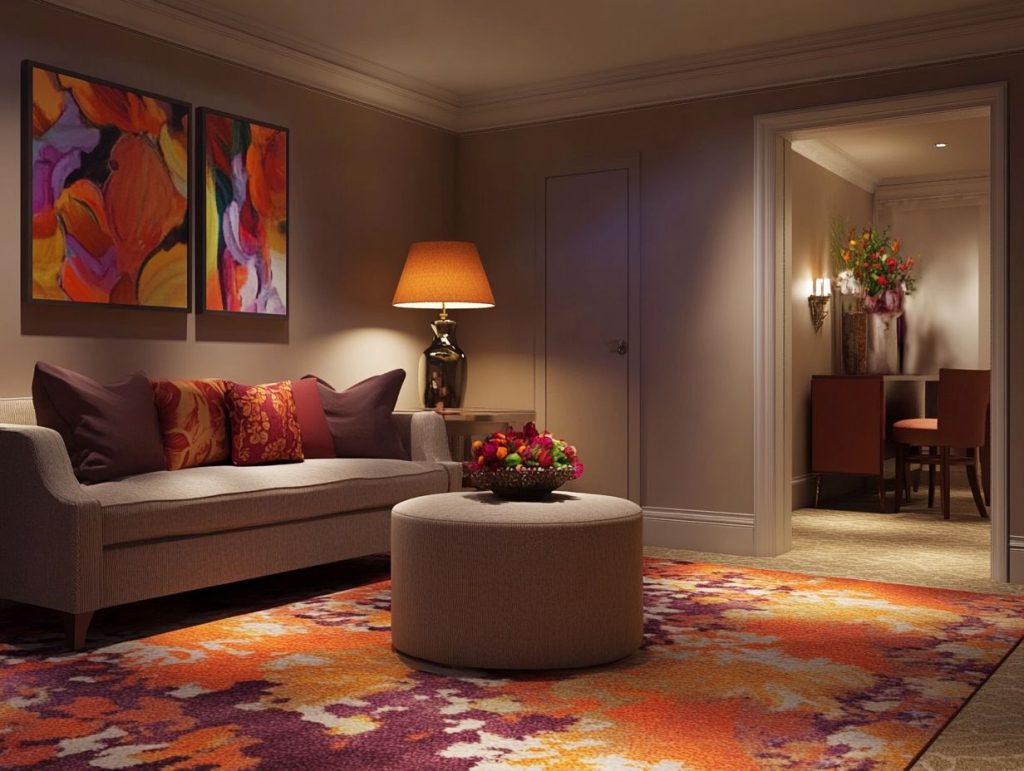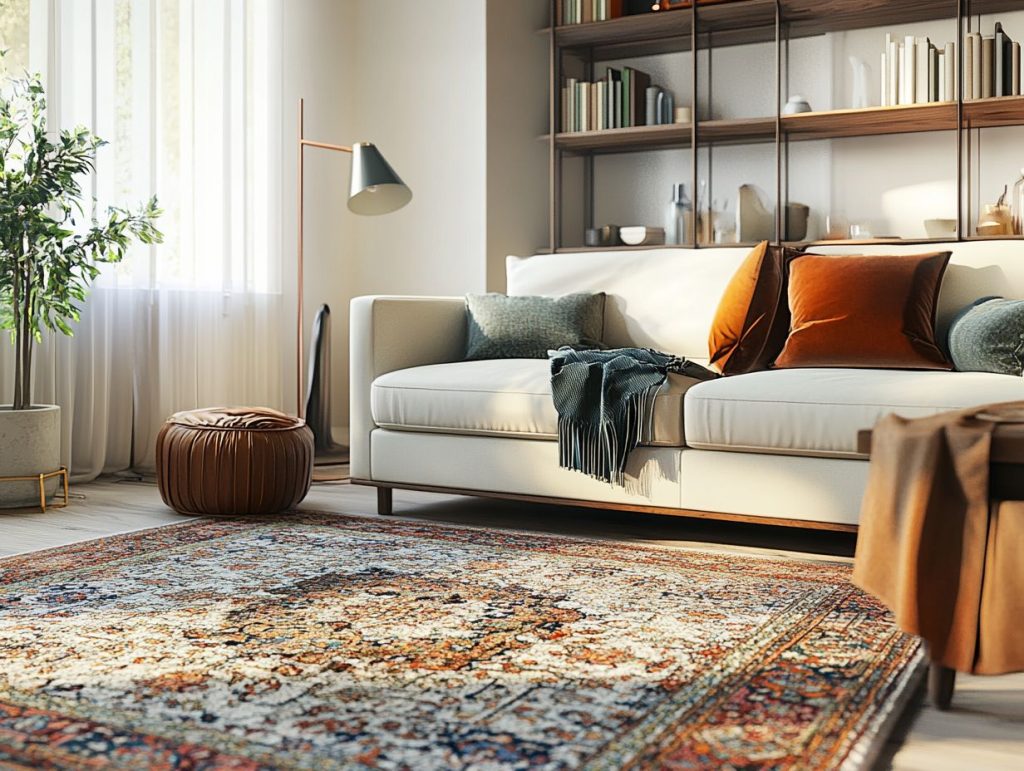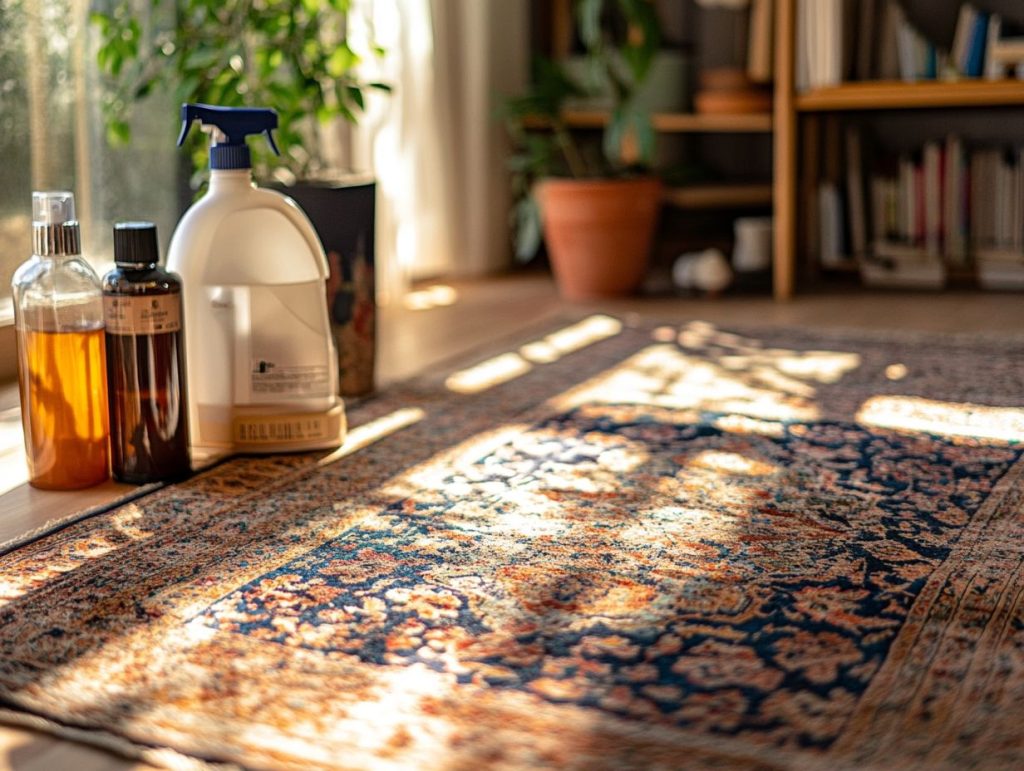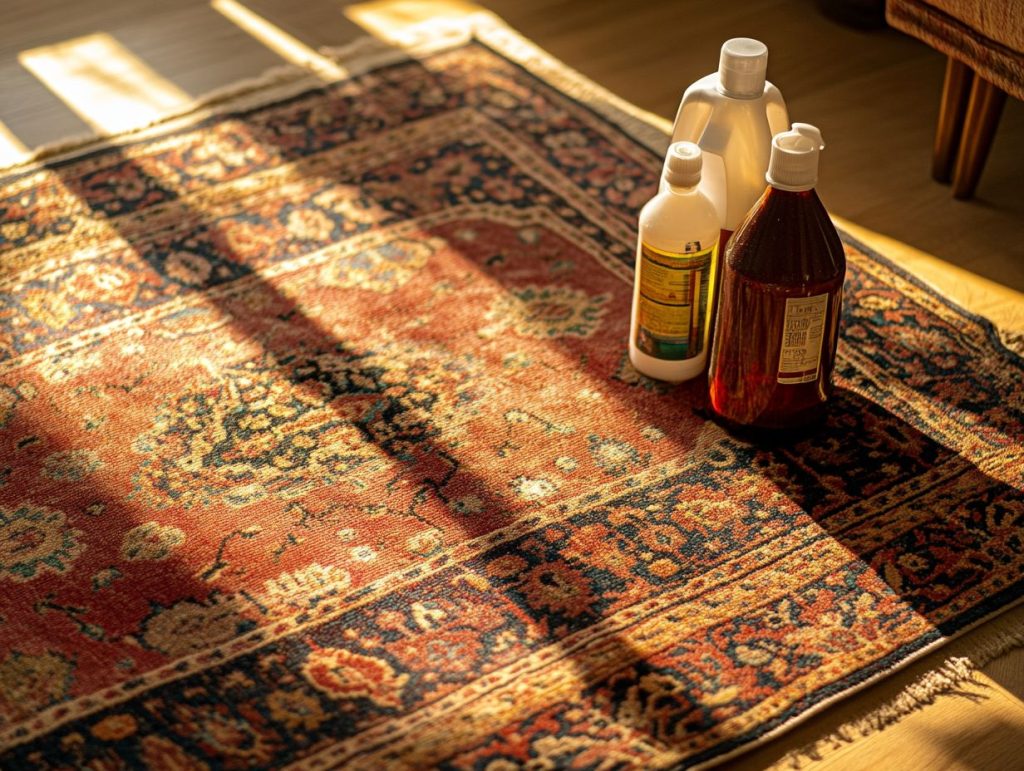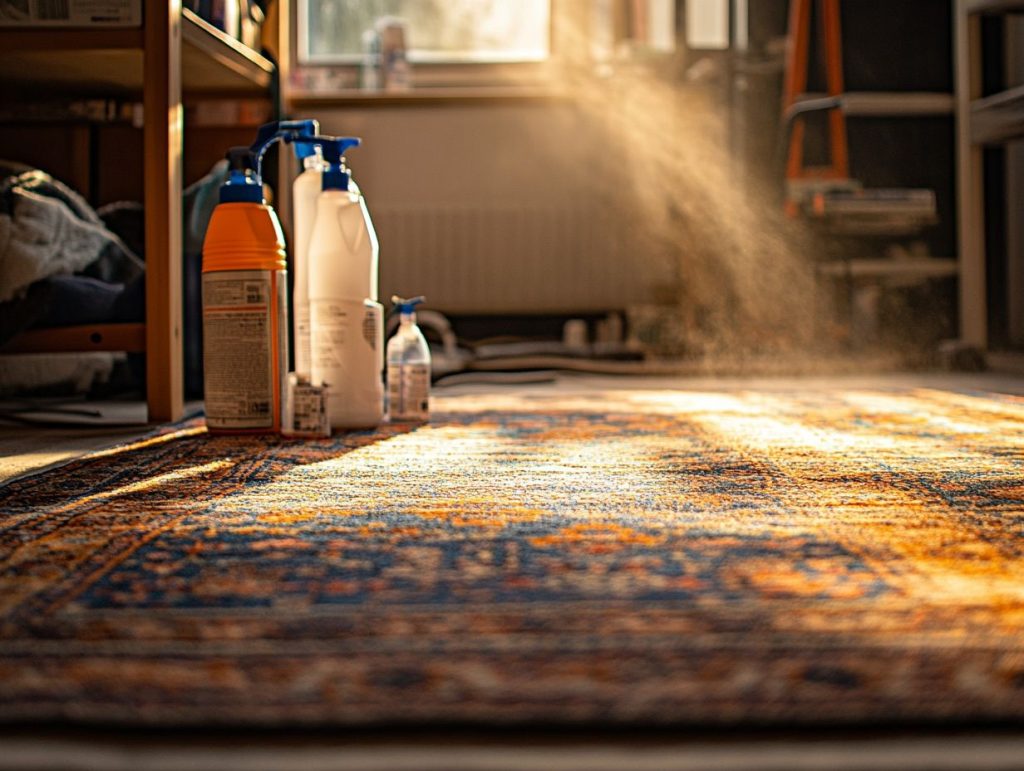How to Prevent Pilling When Cleaning an Ultra-expensive Woollen Rug
Woollen rugs are often considered the epitome of luxury in the world of home décor. Whether it’s the timeless appeal of a hand-knotted Persian rug or a soft, fluffy throw, these pieces are treasured for their warmth, texture, and beauty. But for those lucky enough to own an ultra-expensive woollen rug, there’s one issue that can be a constant worry: pilling.
Pilling, the formation of little fuzzy balls on the surface of the rug, is not only unsightly but can also damage the delicate fibres over time. This issue can arise more frequently during cleaning if you’re not careful, and when dealing with a high-end rug, the stakes are even higher. So, how can you protect your prized possession? Let’s explore some top tips on preventing pilling while cleaning your woollen rug.
What Is Pilling, and Why Does It Happen on Woollen Rugs?
Understanding Wool Fibre Characteristics
Wool is a natural fibre with unique qualities that make it so desirable in high-end rugs. Its crimped structure allows it to bounce back, giving woollen rugs their luxurious feel. However, this same crimp can cause wool fibres to loosen over time, especially under stress. The fibres can rub together, creating friction that leads to the formation of pills.
When you walk on a woollen rug, especially one that’s been placed in high-traffic areas, or use the rug for its intended purpose, it naturally wears down the fibres. With the constant rubbing and friction, these loose fibres begin to ball up and form pilling. This is particularly the case with lower-quality wool, which may shed more easily, but even the finest wool rugs are not immune to this problem.
The Role of Friction and Wear in Pilling
Pilling is primarily caused by friction – whether from foot traffic, furniture moving, or even vacuuming. The more you walk on your rug, the more likely it is to experience this type of wear. In areas where foot traffic is heaviest, such as the centre of a room or near doorways, pilling is likely to form quicker.
The delicate fibres in wool are more prone to wear when subjected to excessive friction. This is why regular maintenance and careful cleaning methods are crucial to ensuring the long-term preservation of your rug.
How To Prevent Pilling When Cleaning an Ultra-expensive Woollen Rug
Invest in Professional Rug Cleaning Services
For ultra-expensive rugs, the best approach to cleaning is often to hire professionals. Professional rug cleaners are trained to handle delicate wool fibres with the care they deserve, using the right techniques and equipment.
When you hire a professional cleaner, they will assess the condition of the rug, take note of its particular requirements, and use a method suited to the rug’s fibre type. This is especially important for preventing pilling, as a poorly executed cleaning job can exacerbate the issue.
Many professional cleaning companies will use specialised cleaning solutions designed for wool, which not only clean the fibres but also protect them from damage. By entrusting your rug to a specialist, you can avoid the friction and rough treatment that can come with DIY cleaning.
Gentle, Low-Impact Cleaning Methods
When it comes to cleaning your rug at home, it’s crucial to use gentle methods. Aggressive scrubbing or the use of harsh chemicals will only cause unnecessary stress to the fibres, leading to pilling. Instead, opt for a mild wool-safe detergent, ideally water-based, to clean your rug.
If you’re washing the rug by hand, be sure to do so gently, using a soft brush or cloth to avoid damaging the fibres. Avoid any scrubbing motions that could lead to further friction, and always rinse thoroughly to ensure no cleaning solution remains in the fibres, as residue can attract dirt and accelerate wear.
Dry cleaning is another option for those who want to avoid the risk of pilling. Many high-end wool rugs can be cleaned using a dry cleaning solvent that doesn’t require soaking. This method helps maintain the integrity of the fibres while also removing any dirt or debris.
Proper Vacuuming Techniques
Vacuuming your wool rug is essential to maintain its appearance and prolong its life. However, it’s vital to use the right techniques to avoid causing pilling. When vacuuming a wool rug, always use the lowest suction setting on your vacuum cleaner. A high suction setting can pull at the delicate fibres and cause them to break or become frayed, leading to pilling.
Another important tip is to use the appropriate attachment. A vacuum cleaner with a soft brush or nozzle is ideal, as it will gently lift dirt and debris without disturbing the fibres. Avoid using any attachments with rotating brushes or beater bars, as these can be too harsh for wool rugs and increase the risk of damage.
Frequent vacuuming is recommended to remove dirt before it gets trapped in the fibres. However, don’t overdo it – excessive vacuuming can cause friction and wear down the fibres, leading to pilling.
The Importance of Regular Maintenance to Prevent Pilling
Rotate Your Rug Frequently
One of the simplest yet most effective ways to prevent pilling is to rotate your wool rug regularly. By rotating your rug, you distribute the wear more evenly across the fibres, ensuring that no one area is subjected to more friction than the rest. This can help reduce the formation of pills in high-traffic zones.
It’s recommended to rotate your rug every three to six months, depending on how often it’s used. This is especially important for larger rugs that are exposed to constant foot traffic. By rotating your rug, you also give it a chance to “rest,” allowing the fibres to recover and avoid being under constant strain.
Use of Rug Pads to Minimise Friction
Rug pads are not only useful for preventing your rug from slipping; they also help reduce friction between your wool rug and the floor. When placed beneath the rug, a high-quality rug pad can cushion the fibres, preventing them from rubbing against the hard surface below. This layer of protection reduces the amount of wear and tear on the rug, which in turn helps prevent pilling.
Rug pads come in various materials, but for wool rugs, it’s best to use a natural fibre pad or a felt pad. These pads are gentle on the fibres while still offering sufficient support to reduce friction.
Keep Your Rug Out of High-Traffic Areas
Another preventive measure to consider is the placement of your wool rug. If possible, keep it away from high-traffic areas in your home. Placing the rug in a location where it won’t be constantly walked on can significantly reduce the risk of pilling.
Consider using the rug as a statement piece in a more decorative part of the room, such as under a coffee table or in a low-traffic corner. If you must place it in a high-traffic area, be extra diligent about rotating and cleaning it regularly.
How to Deal With Pilling if It Happens
Using a Fabric Shaver or Lint Roller
Despite your best efforts, pilling may still occur. If that happens, the first step is to remove the pills carefully. A fabric shaver is one of the best tools for this job. It gently removes the pills from the surface of the rug without damaging the fibres beneath. Simply run the fabric shaver lightly over the rug, allowing it to catch and remove the pills.
Alternatively, you can use a lint roller to pick up any pills that have accumulated on the surface of the rug. This method is less aggressive than using a fabric shaver, but it can be effective for minor pilling.
Seeking Professional Restoration Services
For significant pilling or if the damage has already been done, it may be worth seeking professional restoration services. A rug restoration expert can carefully remove pills and restore the rug to its former glory. These professionals have the expertise to ensure that no further damage is done during the process.
Conclusion
Pilling is an inevitable issue for woollen rugs, but with the right cleaning techniques and regular maintenance, it’s possible to minimise the risk. Investing in professional cleaning services, using gentle cleaning methods, and practising regular upkeep will ensure your ultra-expensive woollen rug stays in pristine condition for years to come. With a little care and attention, your rug will continue to enhance your home’s aesthetic, remaining as beautiful and luxurious as the day you bought it.
